
It covers ideation, design, development, testing, deployment, and ongoing maintenance.
.
From idea validation to launch and post-launch support, we handle every step with precision.

In this it ensures adaptive planning, real-time collaboration, and full client visibility at every development stage.
Regular updates, sprint reviews, and flexible scope management to ensure alignment with your goals.

Focuses on aligning app features with your goals to drive growth, ROI, and user engagement effectively.
We align the app’s features and UX with your target audience and business KPIs.
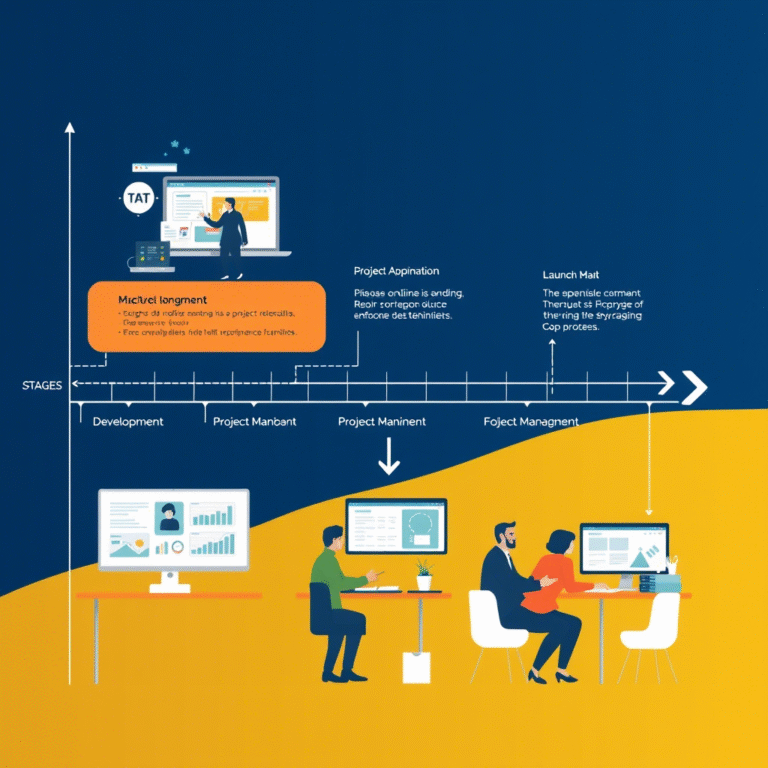
Ensures rapid app development and deployment, helping you gain a competitive edge and reach users quickly.
Modern frameworks like Flutter and React Native, we accelerate development without compromising quality.
Explore top app development course categories: iOS, Android, Flutter, React Native, UI/UX, Backend, and Full-Stack Mobile Dev.

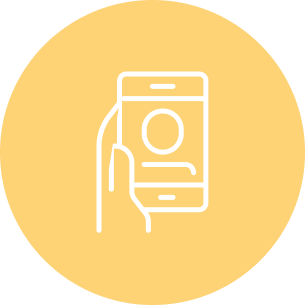
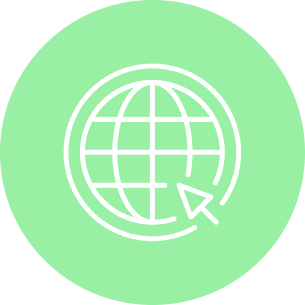
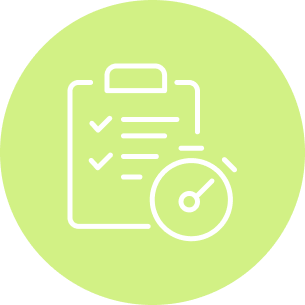
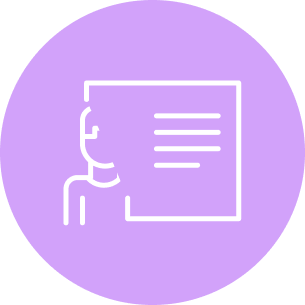
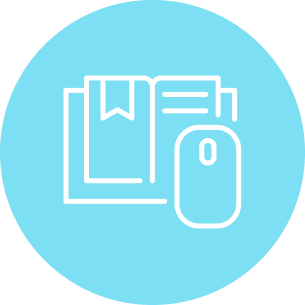

Avestan Technologies offers IT Services, Consultancy, Web, E-commerce, Game Development, AI, ML, Blockchain, and Salesforce solutions, delivering innovative, scalable, and secure digital products to drive business growth, automation, and long-term success.
©2025.Avestan Technologies. All Rights Reserved.